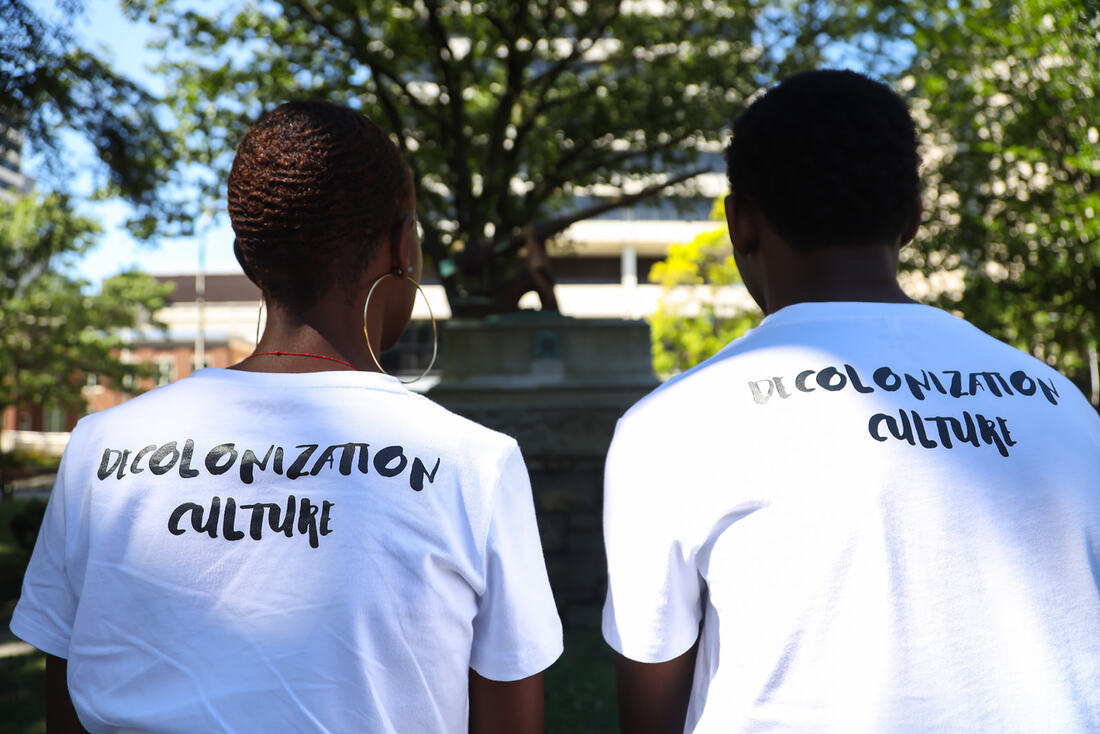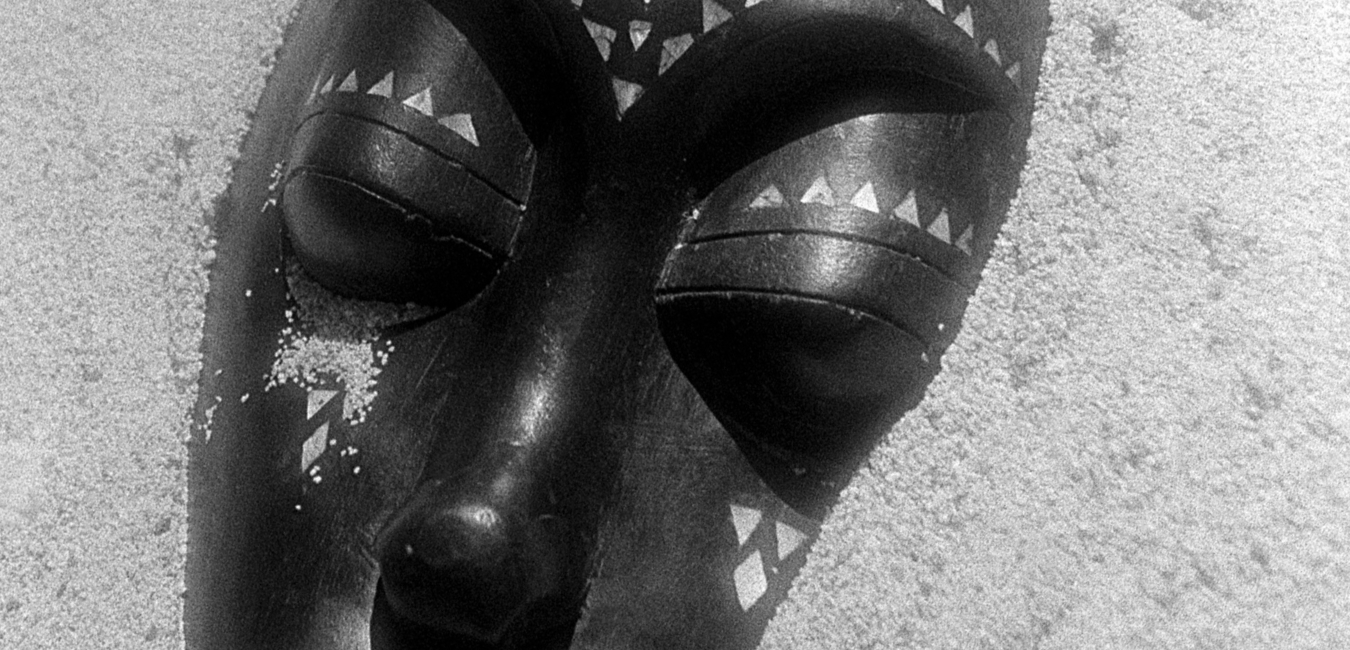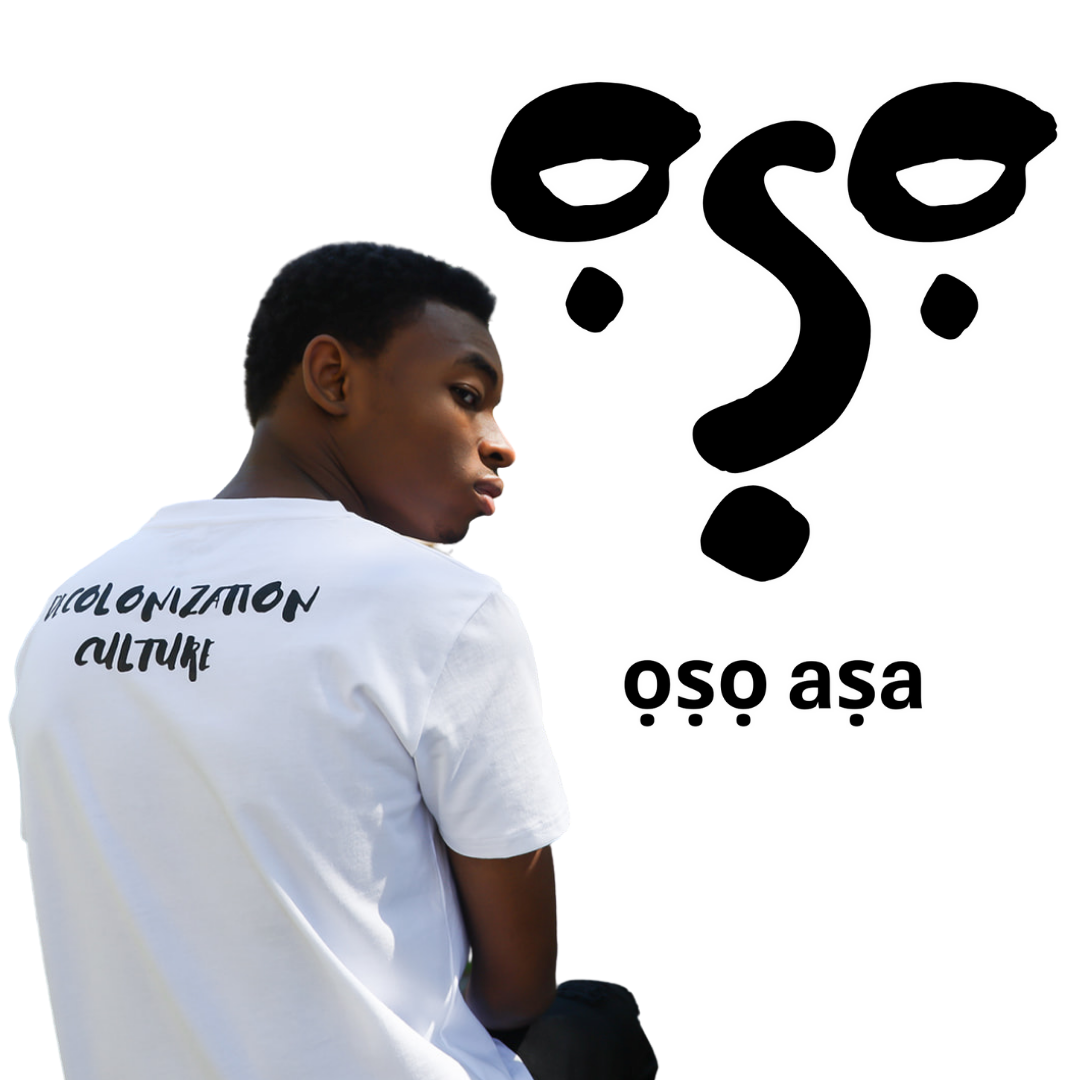ABOUT US
We're at a very unique crossroad in world history. We've been witness to the effects of colonialism. We've seen how HIStory has shaped our perception of self. Now that we know more of OURstory, we can stand in real truth and change the trajectory of our lives. We believe the relentless reinforcement of OUR truth will counter the effects of mental, spiritual and economic colonialism. We're perpetuating a decolonization culture.
Change minds! Our philosophy is steeped in the tradition of our ancestors; our story and tradition was handed down from generation to generation. We're one tribe and we want each member to be modern day griots (truth tellers) of our culture. Wearing or using ọṣọ aṣa products will convey boldly that we are united wherever we are and we belong wherever we plant our feet. Our brand speaks for you. We say it loud.


